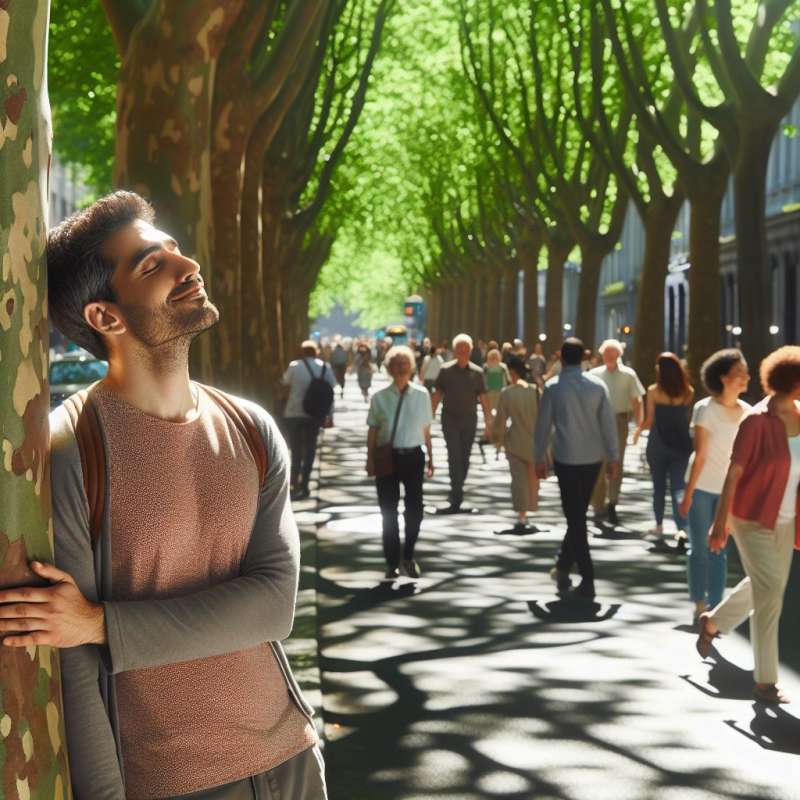
Trees Improve Air Quality
Urban trees act as filters, absorbing pollutants while releasing oxygen. One large tree can supply a day's oxygen for up to four people and remove up to 48 lbs of carbon dioxide per year.
Natural Cooling Mechanisms
Trees provide shade, reducing urban heat islands. Streets with tree coverage can be up to 10°F cooler, significantly lowering air conditioning needs and energy consumption, thereby reducing electricity bills.
Enhanced Mental Wellbeing
Studies reveal that urban street trees contribute to reduced stress levels, improved mood, and overall mental health. Just looking at trees can decrease brain fatigue and increase happiness.
Urban Biodiversity Havens
Street trees are vital for supporting urban wildlife, offering habitats for birds, insects, and squirrels. This biodiversity boosts ecosystem services and can improve pollination for urban gardens.
Economic Value Increase
Trees positively affect urban property values. Well-treed streets can increase commercial and residential values by up to 20%, proving that greenery is a smart financial investment for cities.
Stormwater Management
Trees excel in stormwater absorption, reducing runoff and the risk of flooding. A mature tree can intercept thousands of gallons of rainwater annually, mitigating sewer overflow during heavy storms.
Traffic Calming Effect
Interestingly, street trees can influence driver behavior. Tree-lined roads often lead to reduced driving speeds and calmer traffic, contributing to safer neighborhoods and fewer road accidents.
How much CO2 can one large tree remove?
48 lbs annually
100 lbs annually
20 lbs annually
Company